In recent weeks, the Israel-Hamas conflict has dominated headlines, capturing the attention of the international community. But for those seeking a deeper understanding, the complexities and long-standing tensions fueling this conflict may seem daunting.
In this article, we aim to shed light on the Israel-Hamas conflict, providing a comprehensive explanation of its origins, key players, and current state of affairs. Without taking sides, we will present a balanced overview of the factors fueling this ongoing dispute.
Historical Background of the Conflict
The Israel-Hamas conflict is deeply rooted in the historical context of the Israeli-Palestinian conflict. The origins of this dispute can be traced back to the early 20th century when Zionist Jews sought to establish a homeland in Palestine. The establishment of the state of Israel in 1948 further fueled tensions between Jewish settlers and Arab Palestinians, leading to a series of wars and conflicts.
One of the key turning points in the conflict was the Six-Day War in 1967, during which Israel gained control over the West Bank, Gaza Strip, and East Jerusalem. This occupation intensified the grievances of Palestinians, leading to the rise of various resistance movements, including Hamas.
Key Players in the Conflict – Israel and Hamas
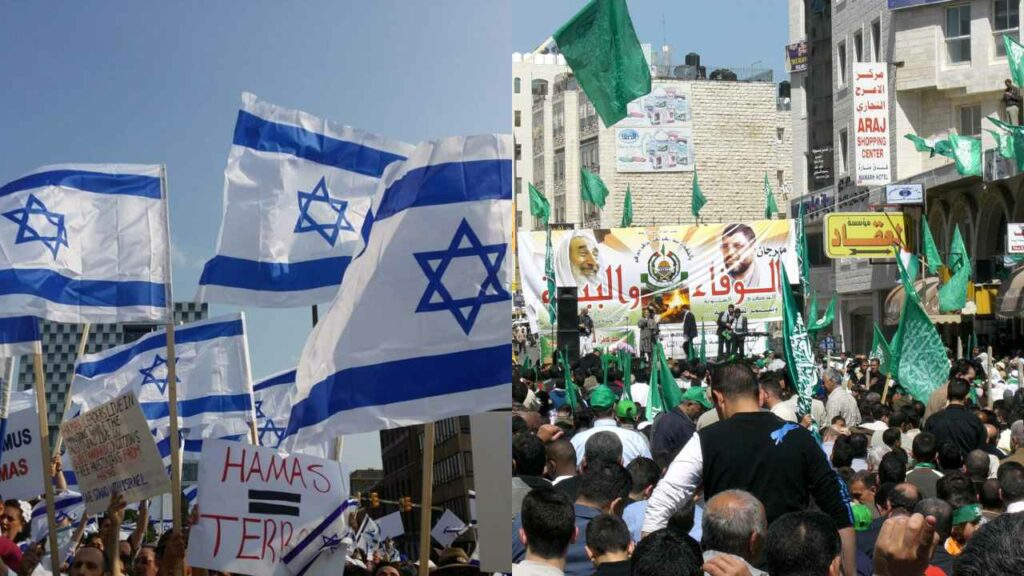
The Israel-Hamas conflict is primarily between two main actors – Israel and Hamas. Israel is a democratic state with a strong military and a close alliance with the United States. It sees itself as a haven for Jews worldwide and is committed to protecting its citizens from terrorist attacks.
Hamas, on the other hand, is a Palestinian Islamist group that emerged in the late 1980s. It is considered a terrorist organization by many countries, including the United States and the European Union. Hamas is dedicated to the liberation of Palestine and the establishment of an Islamic state, and it has gained significant support among Palestinians through its social programs and resistance against Israeli occupation.
Causes of the Conflict
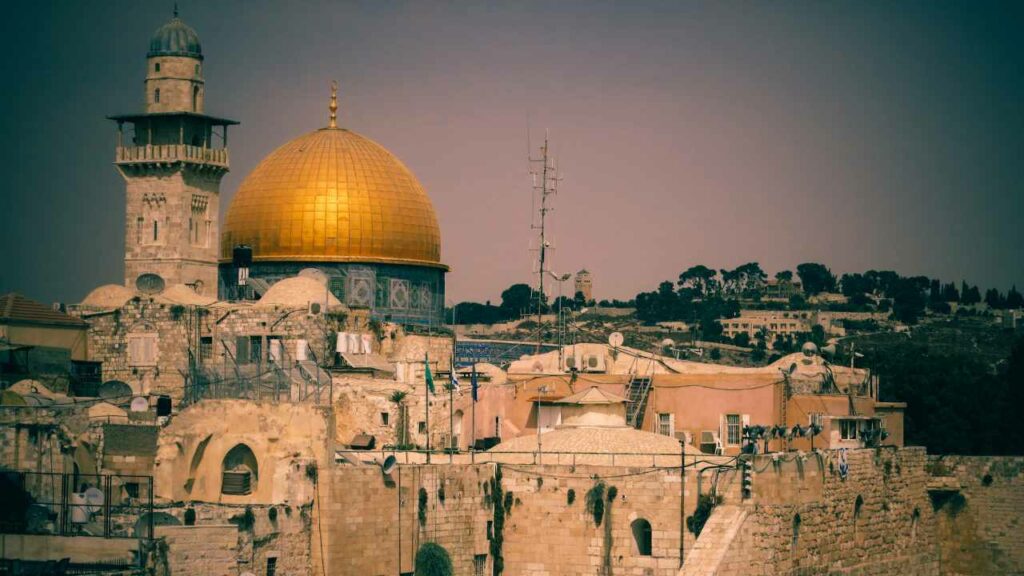
The Israel-Hamas conflict is fueled by a multitude of causes, including territorial disputes, the status of Jerusalem, the right of return for Palestinian refugees, and the ongoing Israeli occupation of Palestinian territories. These issues have led to a cycle of violence, with both sides engaging in acts of aggression and retaliation.
One of the main causes of the conflict is the Israeli settlement expansion in the West Bank. Israel’s continued construction of settlements in the occupied territories is considered illegal under international law and has been a major point of contention in peace negotiations.
Additionally, the status of Jerusalem is a highly contentious issue. Both Israel and Palestine claim Jerusalem as their capital, and the city’s religious and cultural significance adds another layer of complexity to the conflict.
Timeline of Major Events

Over the years, the Israel-Hamas conflict has witnessed numerous significant events that have shaped its course. From the Oslo Accords in the 1990s to the Gaza disengagement in 2005 and the subsequent Hamas takeover, the conflict has been marked by moments of hope and despair.
The outbreak of violent clashes and wars, such as the Second Intifada in 2000 and the Gaza War in 2014, have further deepened the animosity between Israel and Hamas. The timeline of these events provides critical insights into the dynamics of the conflict and the challenges faced by peace efforts.
International Response and Mediation Efforts
The international community has been actively involved in attempting to resolve the Israel-Hamas conflict. Various peace plans and initiatives, such as the Camp David Summit and the Oslo Accords, have been proposed over the years. However, achieving a lasting peace agreement has proven to be a daunting task.
Efforts by regional and international actors, including the United Nations, the United States, and neighboring Arab states, have aimed to facilitate dialogue and negotiation between Israel and Hamas. These mediation efforts have often been met with obstacles and setbacks, highlighting the complexity of the conflict.
Humanitarian Impact of the Conflict
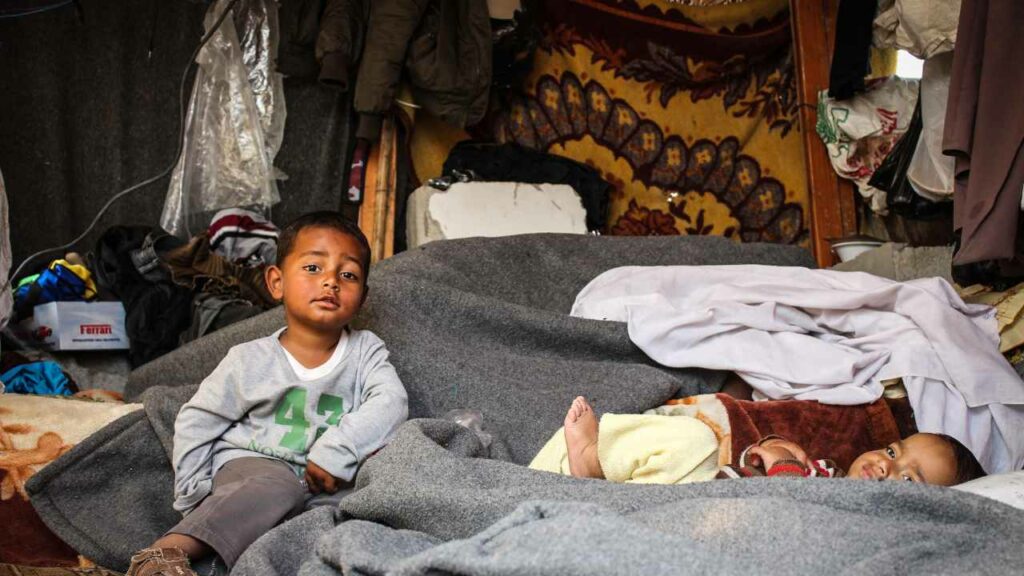
The Israel-Hamas conflict has had a devastating humanitarian impact on both Israelis and Palestinians. The frequent outbreaks of violence have resulted in the loss of countless lives, displacement of families, and destruction of infrastructure.
In the Gaza Strip, where Hamas holds control, the population faces dire living conditions due to the Israeli blockade and restrictions on goods and services. The lack of access to basic necessities, such as clean water and medical supplies, has further worsened the humanitarian crisis in the region.
Media Coverage and Propaganda
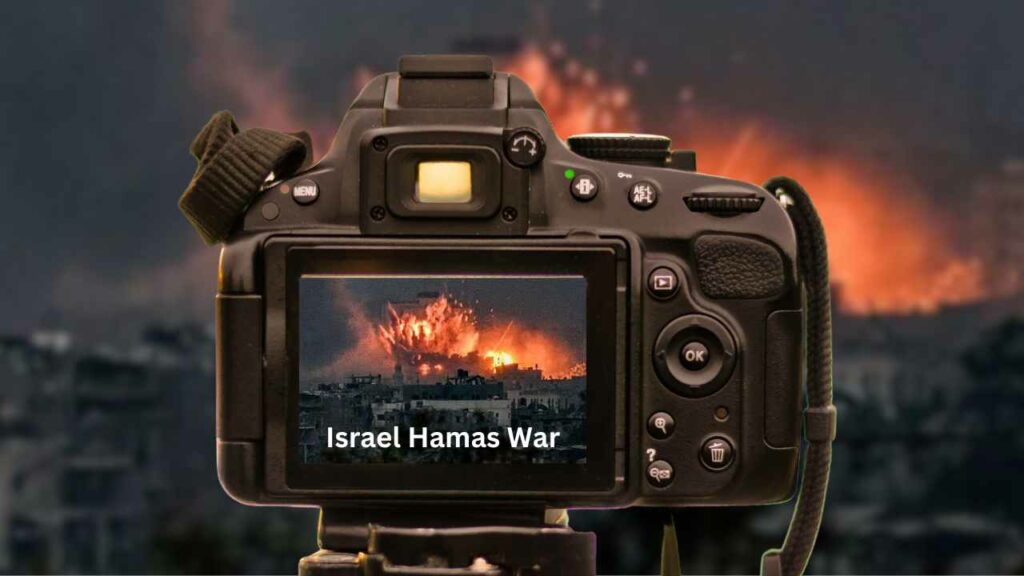
Media coverage of the Israel-Hamas conflict plays a significant role in shaping public opinion and perceptions. Both sides have been accused of using propaganda to advance their narratives and justify their actions.
Critics argue that media bias can hinder a comprehensive understanding of the conflict, as certain perspectives and voices may be marginalized or overlooked. The rise of social media has also amplified the dissemination of information, making it crucial to critically evaluate sources and seek a balanced view.
Potential Solutions and Roadmap to Peace
Finding a sustainable solution to the Israel-Hamas conflict is a complex task that requires compromise and political will from both parties. The two-state solution, which envisions the establishment of an independent Palestinian state alongside Israel, has long been proposed as a viable path to peace.
However, achieving this solution requires addressing the core issues at the heart of the conflict, such as borders, settlements, and the status of Jerusalem. It also necessitates fostering trust and cooperation between Israel and Hamas, as well as the support of the international community.
Conclusion and Implications
The Israel-Hamas conflict is a multifaceted and deeply entrenched dispute that continues to impact the lives of millions of people. Understanding the historical background, key players, and causes of the conflict is essential to grasp its complexities fully.
While reaching a resolution may seem elusive, efforts to promote dialogue, peace, and justice must persist. By staying informed and engaging in constructive conversations, individuals can contribute to a more nuanced understanding of the Israel-Hamas conflict and support initiatives that aim to bring about lasting peace in the region..



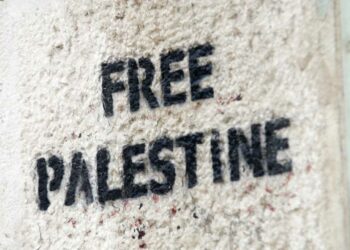






Your explanation lacks too many facts.
The rejection of peace by the Palestinians, the hamas charter to kill all the Jews etc…